The Electric Vehicle Battery Recycling Market is witnessing significant competitive dynamics as a result of rising environmental regulations, increasing electric vehicle adoption, and the urgent need to develop sustainable recycling methods for battery materials.
This market is characterized by various key players striving to establish themselves through innovative recycling technologies, partnerships, and the development of efficient supply chains. The competitive landscape is evolving rapidly as companies look to capitalize on the growing demand for battery recycling solutions aiming at recovering critical materials such as lithium, nickel, and cobalt.
As electric vehicle production continues to surge, stakeholders in the recycling sector are focusing on expanding their operations and technological capabilities to meet the needs of the burgeoning electric vehicle market while addressing environmental and safety concerns.
Redwood Materials is positioned as a pivotal player in the Electric Vehicle Battery Recycling Market, leveraging its innovative approach to recycling lithium-ion batteries. The company focuses on creating a circular economy by recovering valuable minerals from spent batteries, thus reducing reliance on mining for raw materials.
Redwood Materials has established a solid market presence by developing robust partnerships with vehicle manufacturers and battery producers, establishing closed-loop systems that enhance efficiency in battery recycling.
A significant strength of Redwood Materials lies in its advanced recycling technologies, which allow for the extraction of over 95% of the materials from used batteries. By focusing on sustainability and resource recovery, Redwood Materials enhances its competitive edge while contributing to environmental conservation efforts associated with battery waste management.
SungEel HiTech stands out in the Electric Car Battery Recycling Industry due to its comprehensive approach to battery recycling and material recovery. The company specializes in offering advanced recycling solutions for lithium-ion batteries, utilizing proprietary technologies to improve the efficiency of material recovery processes.
SungEel HiTech has formed strategic alliances and joint ventures to enhance its operational capabilities, expand its geographical footprint, and tap into emerging markets for electric vehicle battery recycling. Key products and services offered by the company include battery collection, material processing, and recovery services aimed at retrieving valuable metals from used batteries.
Their market presence is bolstered by their commitments to research and development, which enable them to remain at the forefront of recycling technology.
SungEel HiTech's strengths also include its adaptability in the face of evolving regulatory landscapes and its focus on sustainability, positioning the company as a leader in the global shift towards efficient and environmentally responsible battery recycling solutions.
In October 2025, Nissan partnered with Lithion Technologies in Canada to scale up EV battery recycling capabilities. The initiative supports recovering valuable materials and reducing battery waste. This collaboration aligns with Nissan’s sustainability roadmap and strengthens the circular economy in North America’s EV industry.
In July 2025, VinFast partnered with BatX Energies in India to develop EV battery recycling capabilities. The collaboration aims to recover critical materials and reduce battery waste. It supports VinFast’s sustainability goals and strengthens India’s emerging EV recycling ecosystem.


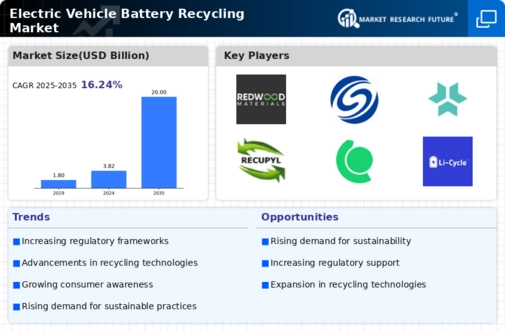
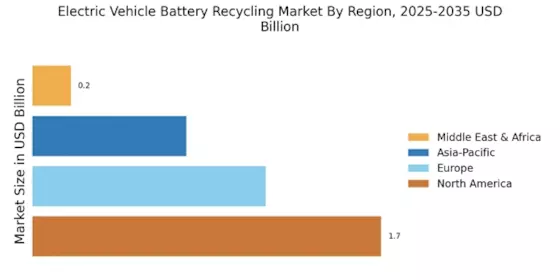
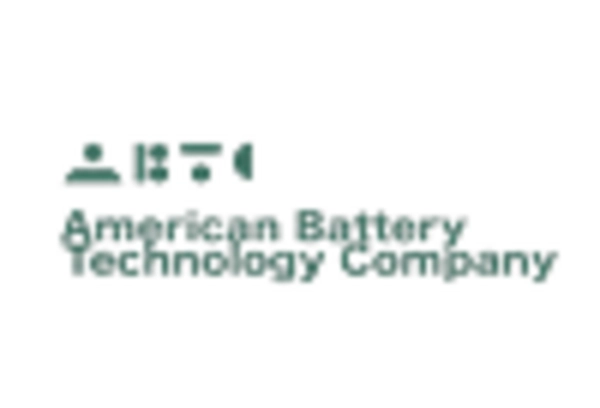
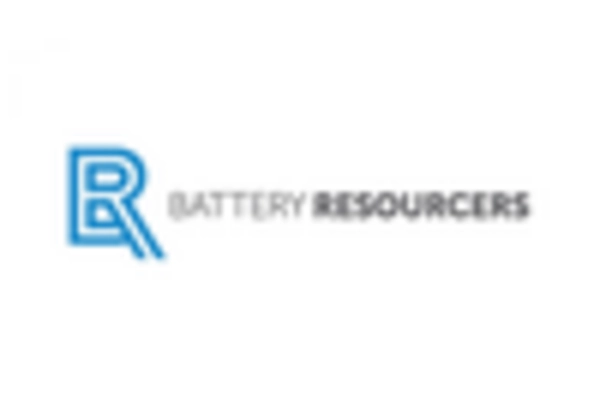

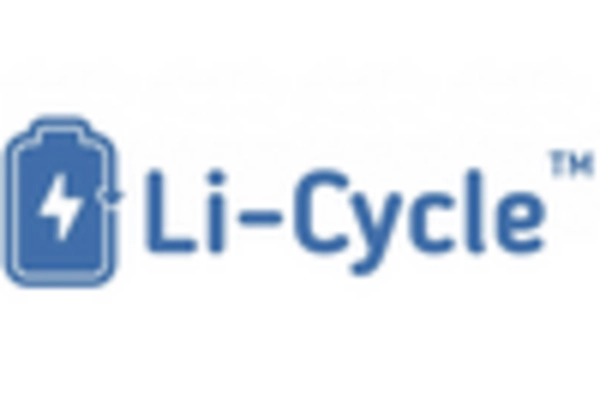

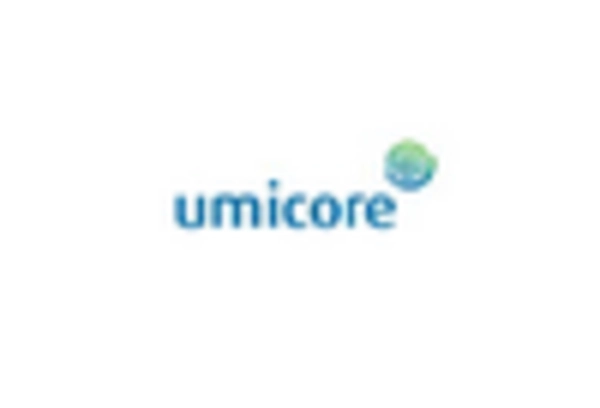








Leave a Comment